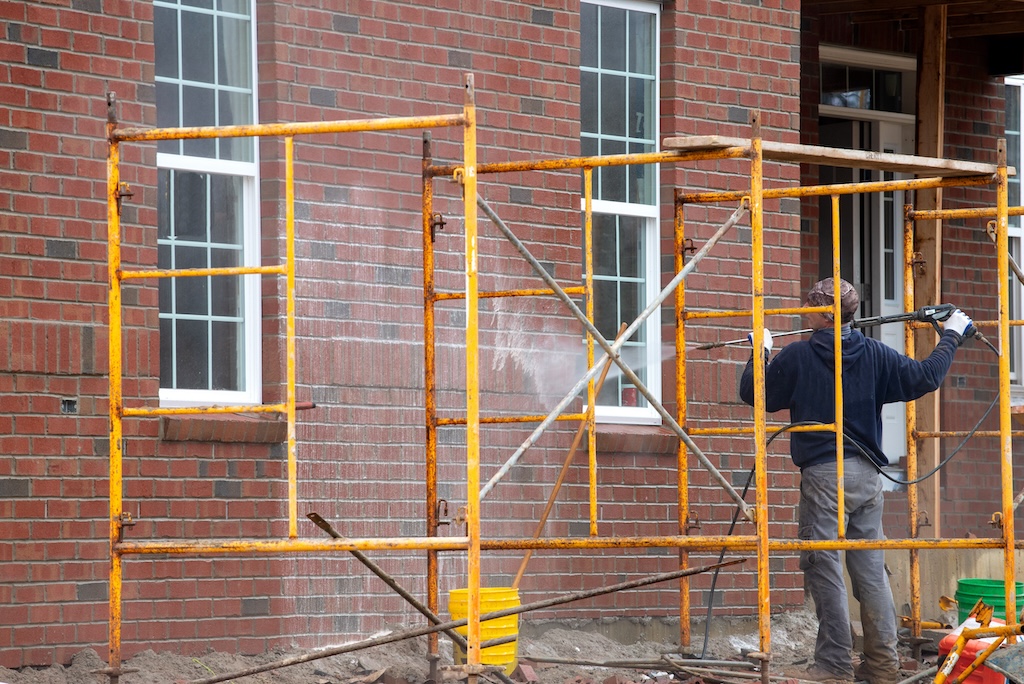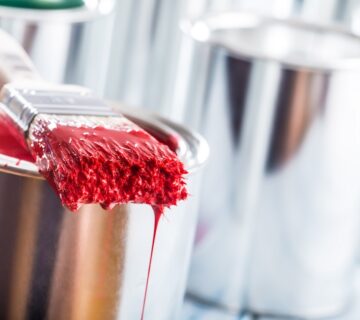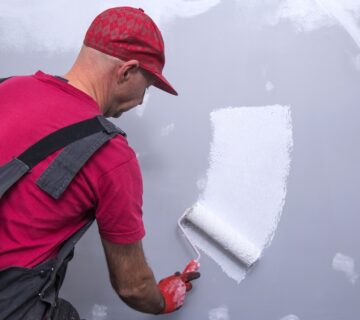Removing old paint is a common but challenging task in many renovation projects. The approach can vary significantly depending on the surface and type of paint used. In this blog, we’ll explore some of the best methods for removing old paint from various surfaces, ensuring your next project starts with a clean slate. Whether you’re dealing with wood, metal, or masonry, the right method can save you time and effort. Each surface requires careful consideration to ensure the paint removal process is effective and does not cause damage.
Wood Surfaces
Chemical Paint Strippers
For wood, chemical paint strippers are often the most effective. These products can dissolve paint, making it easy to scrape away. However, it’s essential to choose a stripper suitable for the type of wood and to use it in a well-ventilated area due to potent fumes. Always follow the manufacturer’s instructions for the best results and to maintain the integrity of the wood. After applying the stripper, allow sufficient time for it to work before scraping off the softened paint layers. Once the paint has been removed, clean the wood surface thoroughly to remove any remaining residue before proceeding with the next steps of refinishing or painting.
Heat Guns
Heat guns are another option, especially useful for thick layers of paint. The heat softens the paint, allowing it to be scraped off. Caution is necessary to avoid scorching the wood. Additionally, keep the heat gun moving and do not focus too long on any one spot to prevent heat damage. Once the paint starts to bubble or blister, gently scrape it away using a putty knife or paint scraper. After using a heat gun, it’s important to allow the wood to cool before applying any further treatments or coatings to avoid adhesion issues.
Metal Surfaces
Sandblasting
Sandblasting is effective for removing paint from metal surfaces, especially for large projects like fences or outdoor furniture. This method involves blasting the surface with abrasive materials to strip the paint, but it requires specialized equipment. It’s an excellent choice for resistant coatings and can reach every crevice on a rough surface. However, it’s crucial to take safety precautions and wear protective gear when using sandblasting equipment to prevent injury. Furthermore, before beginning the sandblasting process, ensure that the metal surface is free of any loose debris or contaminants that could interfere with the stripping process or cause damage to the equipment.
Chemical Strippers and Scrapers
Chemical strippers can also be used on metal, but it’s important to use a product designed for metal surfaces to avoid damage. After application, the paint can usually be scraped off easily. Always neutralize the chemical stripper as directed to prevent any further chemical reaction that could harm the metal. Once the paint has been removed, thoroughly clean the metal surface to remove any residue or leftover chemicals. Additionally, after cleaning, it’s advisable to apply a primer to the metal surface to ensure proper adhesion of the new paint or coating and provide added protection against corrosion.
Masonry Surfaces
Power Washing
For masonry surfaces like brick or concrete, power washing can be effective, especially for removing loose or flaking paint. It’s a quick method but may not remove all paint layers. Be sure to use the correct pressure setting to avoid damaging the masonry. Additionally, take care not to direct the power washer at mortar joints, as it can dislodge them and cause damage to the structure. After power washing, consider applying a suitable primer before repainting to ensure better adhesion and longevity of the new paint.
Peel-Away Products
Peel-away products are another option for masonry. These products are applied to the surface, then covered with a special paper. Once the product reacts with the paint, both the product and the paint can be peeled away. This method is less aggressive than power washing and can be more suitable for historic or delicate masonry work. However, it may require more time and effort compared to other methods, especially for stubborn or multiple layers of paint.
Safety and Preparation
Regardless of the method chosen, safety is paramount. Wear protective gear, including gloves and masks, and ensure good ventilation when using chemical strippers. It’s also vital to protect the surrounding area from damage during the paint removal process. Proper preparation not only prevents accidents but also leads to better results in your paint removal project. Take the time to read and understand the safety instructions provided by the manufacturer for each paint removal method.
Final Thoughts
The key to effective paint removal is choosing the right method for the surface and type of paint. Whether you’re working with wood, metal, or masonry, there are several options available to achieve a clean, paint-free surface. Remember, proper preparation and safety measures are crucial for a successful paint removal project. By following these guidelines and selecting the appropriate method, you can ensure a smooth and efficient paint removal process without causing damage to the underlying surface. For more tips on paint removal and other home improvement projects, visit our website at sisupainting.com and explore our blog at sisupainting.com/blog.





No comment